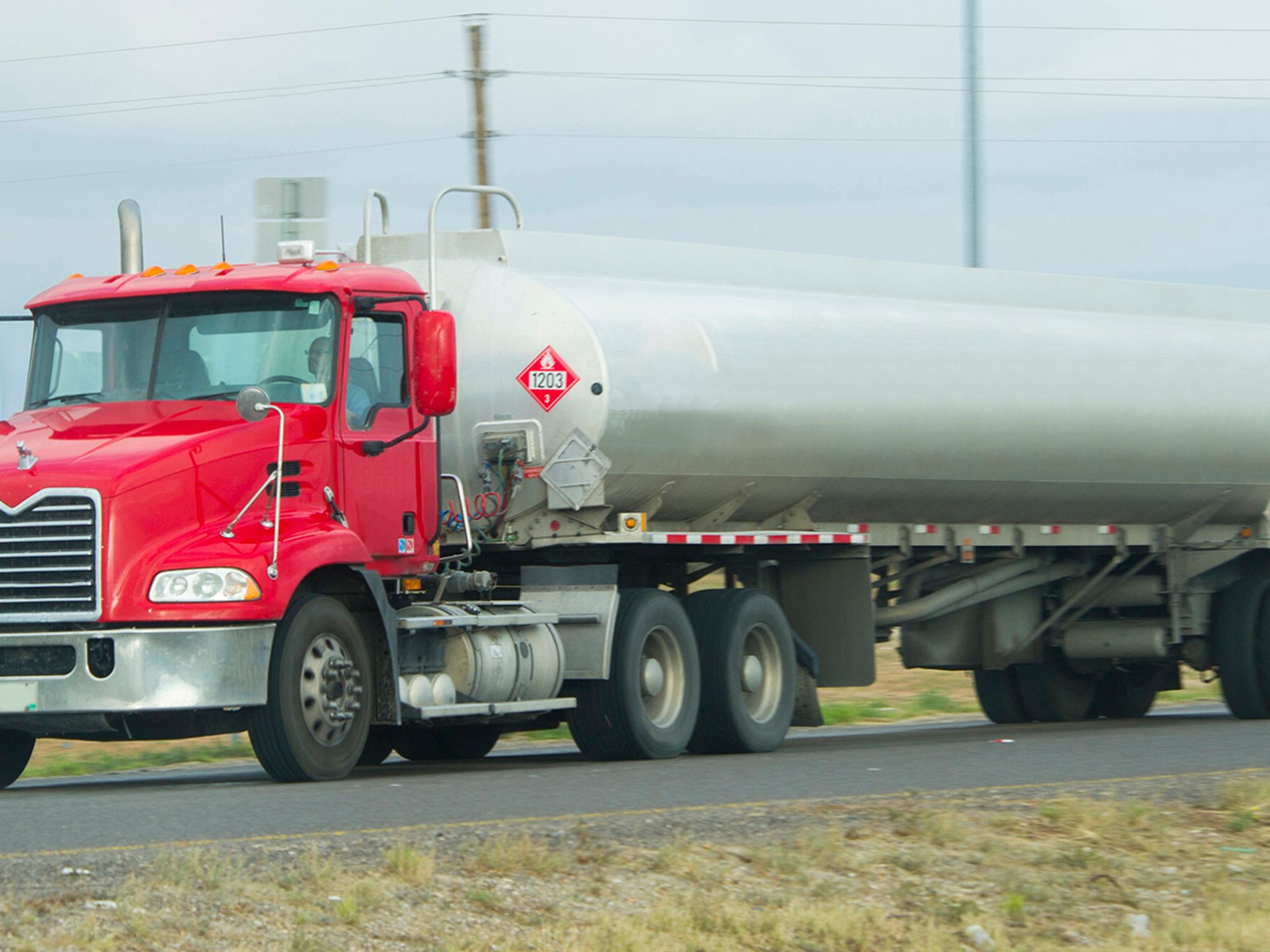Modal specific

- The four basic modes of transportation are rail, aircraft, vessel, and highway.
- Focusing on the highway mode of transportation, all drivers are required to have training that covers the requirements and procedures needed for safe motor vehicle operation.
- Specialized training is needed for drivers who operate a cargo tank or a vehicle with a portable tank having a capacity of 1,000 gallons or more.
Within the transportation world, there are four basic modes of transportation: rail, aircraft, vessel, and highway. When transporting hazmat, it is required to have training on the specific mode of transportation used. This type of training provides an overview of the safe operation of each specific mode of transport while moving hazmat. This section focuses on the highway mode of transportation.
Highway (Driver)
Drivers are prohibited from transporting hazmat until they have been trained in the applicable requirements of 49 CFR Parts 390 through 397 and the procedures necessary for the safe operation of that motor vehicle. Driver training must include the following subjects:
- Pre-trip safety inspection;
- Use of vehicle controls and equipment, including operation of emergency equipment;
- Operation of vehicle, including:
- Turning,
- Backing,
- Braking,
- Parking,
- Handling, and
- Vehicle characteristics, including:
- Those that affect vehicle stability, such as effects of braking and curves;
- Effects of speed on vehicle control;
- Dangers associated with maneuvering through curves;
- Dangers associated with weather or road conditions that a driver may experience (e.g., blizzards, mountainous terrain, high winds); and
- High center of gravity.
- Procedures for maneuvering tunnels, bridges, and railroad crossings;
- Requirements pertaining to attendance of vehicles, parking, smoking, routing, and incident reporting; and
- Loading and unloading of materials, including:
- Compatibility and segregation of cargo in a mixed load,
- Package handling methods, and
- Load securement.
Specialized training
Drivers who operate a cargo tank or a vehicle with a portable tank having a capacity of 1,000 gallons or more must also receive the following specialized training:
- Operation of emergency control features of the cargo tank or portable tank;
- Special vehicle handling characteristics, including:
- High center of gravity;
- Fluid load subject to surge;
- Effects of fluid-load surge on braking;
- Characteristic differences in stability among baffled, unbaffled, and multi-compartmented tanks; and
- Effects of partial loads on vehicle stability.
- Loading and unloading procedures;
- Properties and hazards of the material transported; and
- Retest and inspection requirements for cargo tanks.
